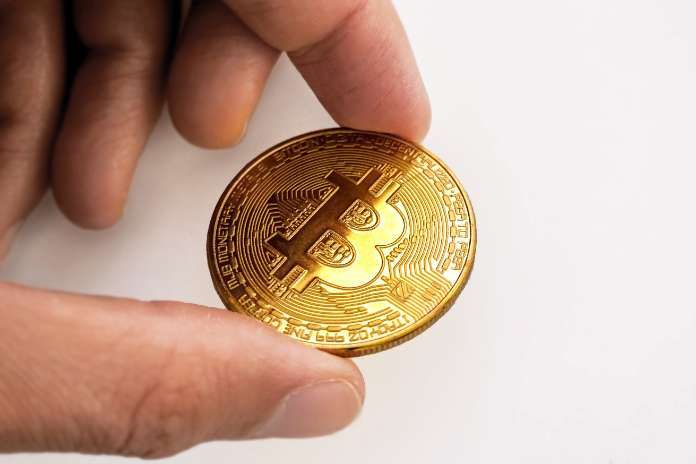Central Banks Collaborate with BIS on Tokenization for Payments Exploration
This post was originally published on this site

The Bank for International Settlements (BIS), known as the central bank for central banks, has unveiled Project Agorá, an initiative aimed at delving deeper into blockchain technology to enhance the monetary system.
Hyun Song Shin, BIS Economic Adviser and Head of Research highlighted the potential of tokenization, stating, “Tokenization combines the record-keeping function of a traditional database with the rules and logic that govern transfers.” Project Agorá aims to leverage tokenization to improve existing capabilities and introduce new functionalities to the monetary system while upholding its core principles.
The project boasts collaboration from leading central banks including the Bank of France, Bank of Japan, Bank of Korea, Bank of Mexico, Swiss National Bank, Bank of England, and the Federal Reserve Bank of New York. Together with a consortium of private financial firms convened by the Institute of International Finance (IIF), they will explore the seamless integration of tokenized commercial bank deposits with tokenized wholesale central bank money within a “public-private programmable core financial platform.”
The envisioned infrastructure holds promise for enhancing the monetary system and unlocking new possibilities through smart contracts and programmability. By overcoming structural inefficiencies, especially in cross-border payments, the initiative seeks to streamline operations and improve efficiency.
Cecilia Skingsley, Head of the BIS Innovation Hub, emphasized the project’s goal of creating a common payment infrastructure that brings together various elements of the financial system for improved efficiency.
The collaborative effort will involve testing the technology within the operational, regulatory, and legal frameworks of participating currencies, along with financial companies operating in those jurisdictions. Additionally, the project aims to address challenges related to financial integrity controls, such as anti-money laundering measures and customer verification.
Project Agorá represents the BIS Innovation Hub’s experimental approach to exploring and delivering public goods to the global central banking community. Moving forward, the BIS plans to invite regulated financial institutions to join the project, aiming to include several institutions representing each of the seven participating currencies. Specific instructions and requirements for interested parties will be provided in due course.
Featured Image: Freepik










